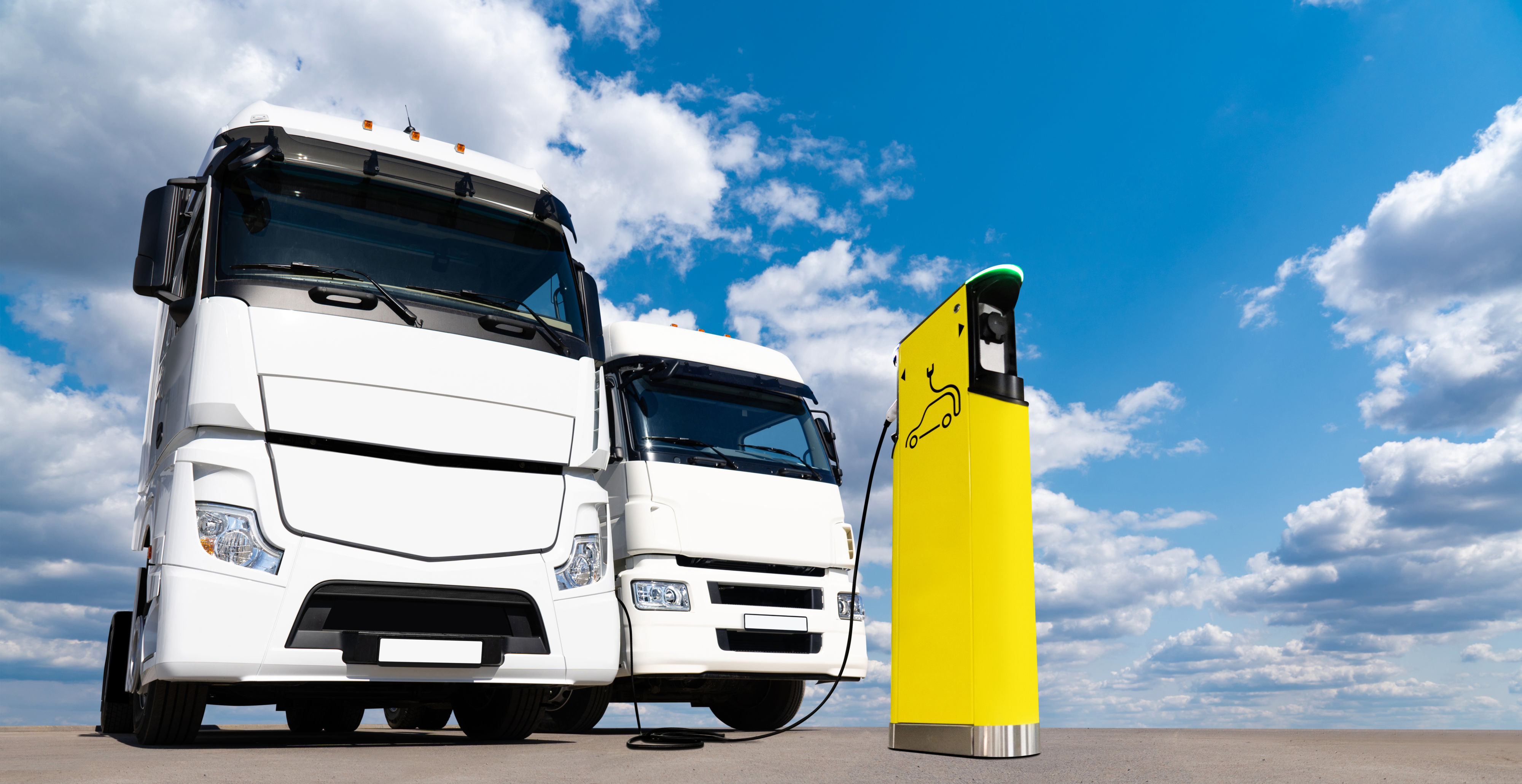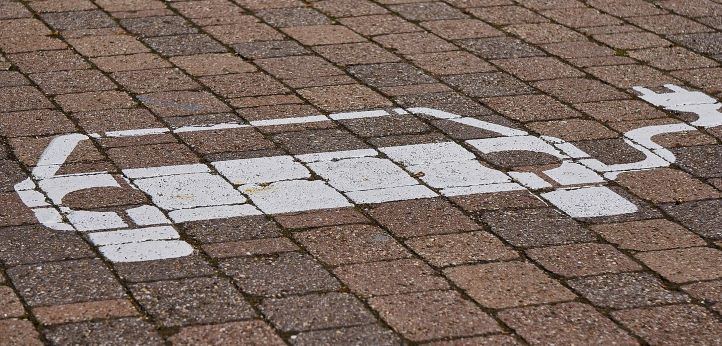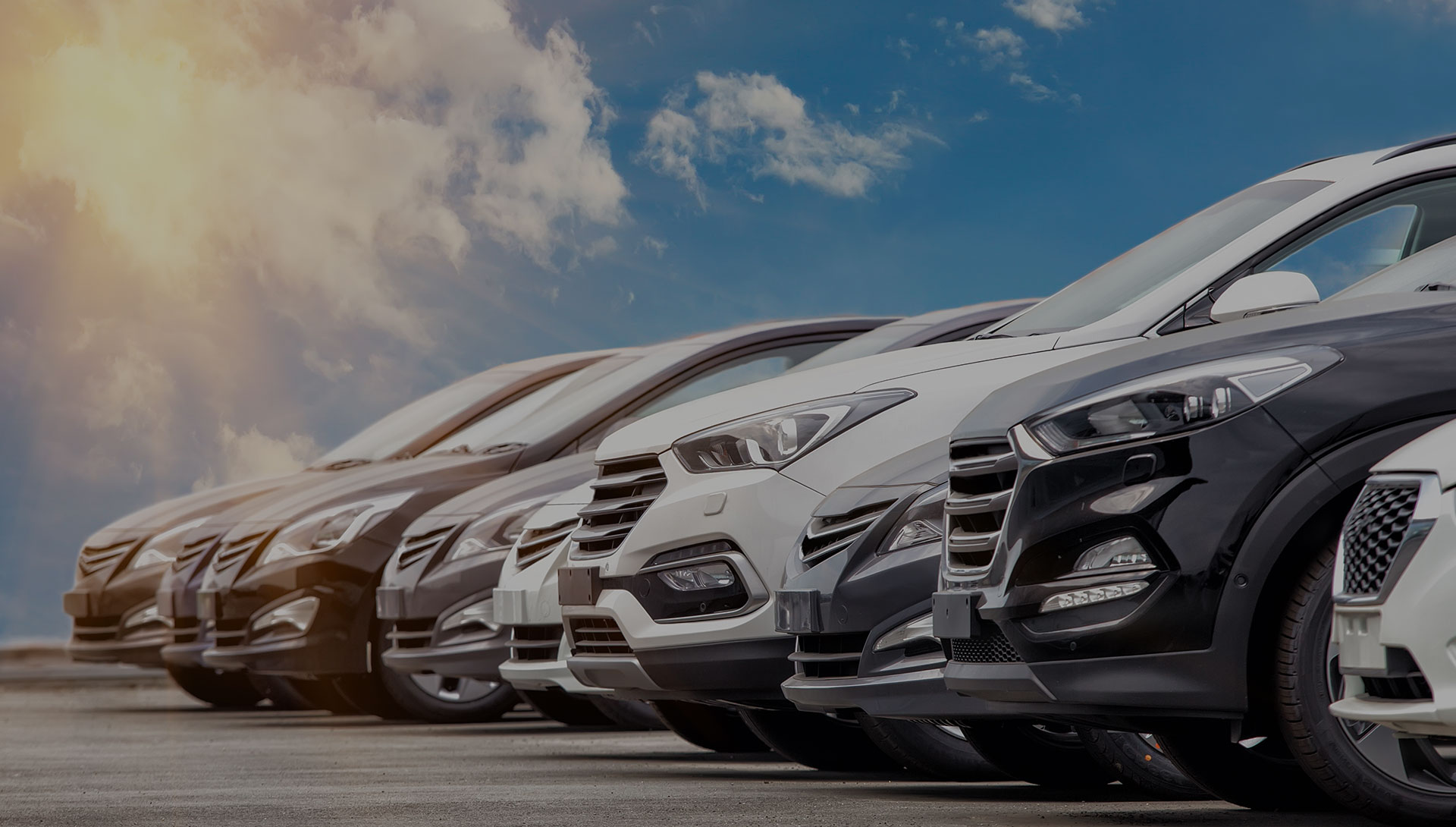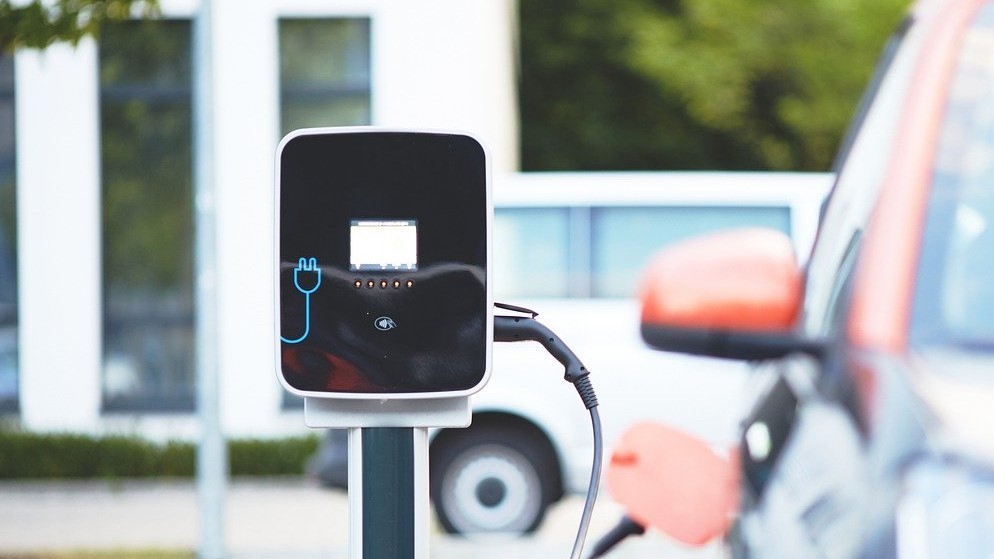Today, the European Commission presented its draft for the further development of the CO2 regulation for heavy-duty vehicles. According to the draft, the CO2 reduction targets for trucks to be achieved by 2030 are to be raised significantly. The Commission also wants to enforce a 90 percent reduction in CO2 emissions from new trucks by 2040.
Reinhard Zirpel, President of the Association of International Motor Vehicle Manufacturers (VDIK), commented: “The international commercial vehicle manufacturers want to decarbonize road haulage and are developing zero-emission electric and fuel cell trucks for this purpose. For example, the VDIK brands already offer their customers around 40 models of heavy commercial vehicles with electric drives. However, the Commission is now overshooting the mark by far. It is setting overambitious targets for zero-emission trucks before it is even remotely clear whether the necessary foundations for their widespread use in Europe can be laid. The all-important refueling and charging infrastructure for zero-emission heavy commercial vehicles is still in its infancy. It would therefore be more sensible to focus on the immediate challenges in the coming years and not set fleet targets for the 2030s until later.”
International manufacturers are generally in favor of a holistic approach to reducing greenhouse gas emissions from road transport. Fleet limits, targets for refueling and charging infrastructure, and the planned EURO VII emissions standard must be in harmony. Zirpel continued, “On the one hand, the Commission now wants to phase out the internal combustion engine for heavy-duty vehicles. On the other hand, manufacturers are to be forced to make extensive new investments in this technology through stringent exhaust emission standards. This does not go together.”
In the opinion of the VDIK, it is also particularly important that the planned regulation takes into account the diversity of the commercial vehicle market. From long-distance trucks to construction site vehicles, heavy-duty transport consists of very different transport segments. Depending on the area of application, the differences in terms of energy requirements and mileage are large. In order to meet the diverse requirements, future regulation should take into account as many drive technologies as possible.





